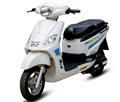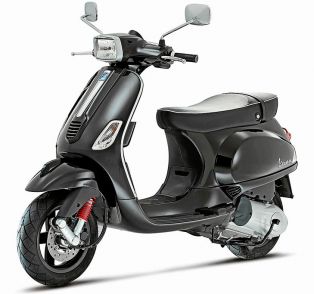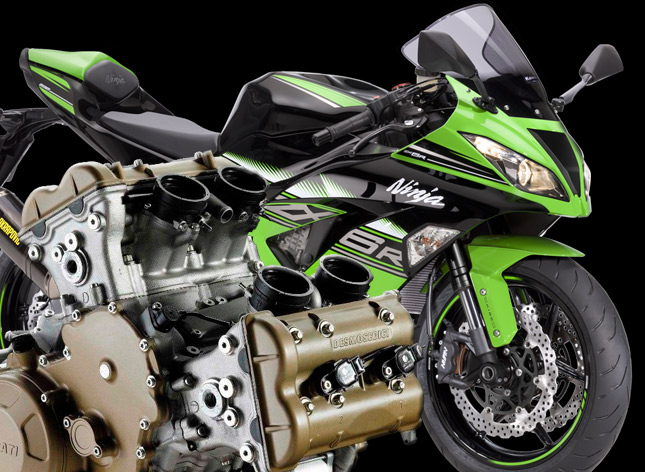 The engine size has been a point of debate among a lot of motorcycle enthusiasts. Some say that a bigger engine is more powerful while others disagree with it. This debate has turned many long terms friends into mortal enemies. So, realizing the gravity of the situation, today we would like to put an end to the topic of “No replacement for displacement”. To easily explain the contrasting features which go into making a particular engine fast, we will be taking a look at two motorcycles, the Kawasaki Ninja 636 and Ninja 650. We will see which one is fast and why is it so.
The engine size has been a point of debate among a lot of motorcycle enthusiasts. Some say that a bigger engine is more powerful while others disagree with it. This debate has turned many long terms friends into mortal enemies. So, realizing the gravity of the situation, today we would like to put an end to the topic of “No replacement for displacement”. To easily explain the contrasting features which go into making a particular engine fast, we will be taking a look at two motorcycles, the Kawasaki Ninja 636 and Ninja 650. We will see which one is fast and why is it so.
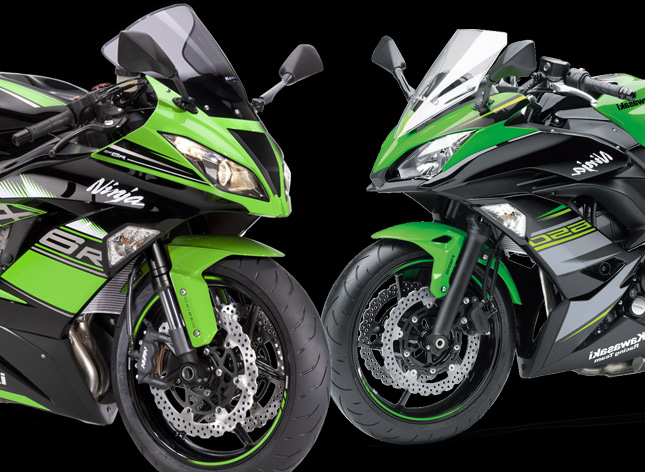 The most common way to check which bike is fast is by comparing specs. The Ninja 650 has a 649 cc liquid cooled fuel injected parallel twin engine which has 4 valves per cylinder. It produces 68 PS of power @6800 RPM and 65.7 NM of torque @6500 RPM. The bike weighs around 196 kg dry and the engine is paired with a 6-speed gearbox. The engine also has a healthy compression ratio of 10.8:1.
The most common way to check which bike is fast is by comparing specs. The Ninja 650 has a 649 cc liquid cooled fuel injected parallel twin engine which has 4 valves per cylinder. It produces 68 PS of power @6800 RPM and 65.7 NM of torque @6500 RPM. The bike weighs around 196 kg dry and the engine is paired with a 6-speed gearbox. The engine also has a healthy compression ratio of 10.8:1.Talking about Ninja 636, it has a 636 cc inline-4 engine which is liquid cooled and fuel injected. It produces a blistering 129.2 BHP (130 PS) @13500 RPM and 71 NM of torque @ 11500 RPM. The weight of the bike is around 194.04 kg dry and its engine is also paired up with a 6-speed gearbox. The compression ratio of the bike is 12.9:1.
We have some very interesting numbers here. The Ninja 636 was not expected to be as fast as Ninja 650 by the rule of “No replacement for displacement”, but it is and that too by miles. Not only the 636 produces around 61 PS more horsepower than the 650, it weighs almost the same. This results in an exponential increase in power to weight ratio, which ultimately makes the 636, a monster of a bike.
RELATED ARTICLE: The Inline-4 Car Vs Bike Engines- Similarities & Differences
The secret to such a huge difference in power production lies in the engine configuration of both of these bikes. The Ninja 650 uses a parallel twin setup which has its own sets of pros and cons. The advantage of such an engine type is a linear power band, better fuel efficiency and less maintenance. The power delivery is not instantaneous because the twin cylinders engine can only be pushed so much in a 650 cc size without ending up giving vibrations. This is the reason why there is low bottom end torque because the power is diluted throughout the rev-range. Since the engine cannot be revved past a certain limit, the power generation is less.
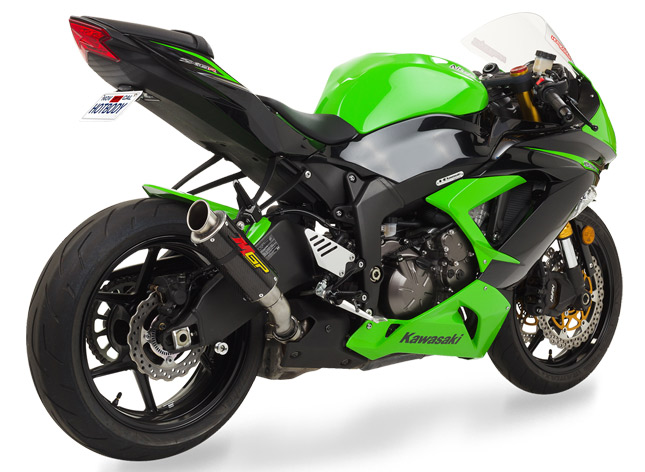 In Ninja 636, the case is entirely different. The bike uses a 636 cc inline 4 cylinder engine, which can be revved to 13,500 RPM and even beyond. The increased number of cylinders allow the bike to rev relatively quickly and produce more horsepower. Although power delivery on this particular bike is spread throughout the rev-band because it’s a super sport, the high power and torque figures make the low, mid and high-end feel full of punch.
In Ninja 636, the case is entirely different. The bike uses a 636 cc inline 4 cylinder engine, which can be revved to 13,500 RPM and even beyond. The increased number of cylinders allow the bike to rev relatively quickly and produce more horsepower. Although power delivery on this particular bike is spread throughout the rev-band because it’s a super sport, the high power and torque figures make the low, mid and high-end feel full of punch. RELATED ARTICLE: Why Some Engines Are Called Oversquare, Undersquare and Square?
The engine configuration which includes the number of cylinders and their position in the engine, ultimately defines what kind of power the bike will produce. For example, a tiny Ninja 250 with a parallel twin engine, produces more power (39 HP @ 12,500 RPM) than the 312 cc Apache RR (34 PS @9700 RPM) and the 373 cc Dominar (35 PS @8000 RPM).
That’s the end for the debate Engine size, so it’s time to pick a new topic to start our quarrels for. Until then Stay tuned to BikesMedia.
By: Yetnesh Dubey





